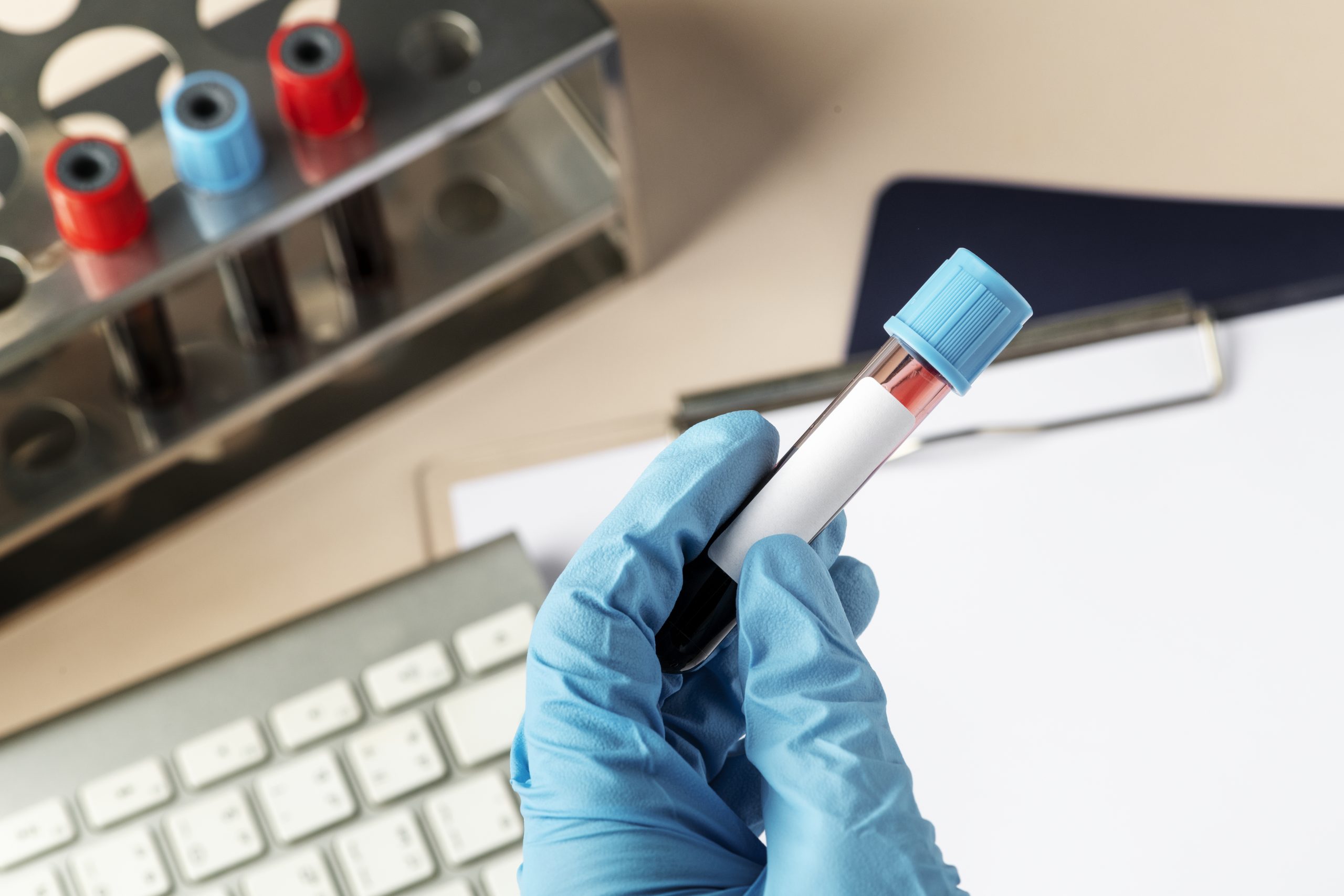Set foot in any clinic and you can guarantee that you will see a hand-sanitizer dispenser at some point during your visit. And for a good reason; for years, doctors have told us that rubbing a dollop of alcohol gel on our hands is enough to swiftly kill the bugs lurking around during flu season. But, a recent study is now challenging that idea. The study’s findings, published in mSphere, the journal for the American Society of Microbiology, suggest that hand sanitizers may not be as effective against flu viruses as we think. Instead, another common hygiene practice could be better.
The study
Firstly, the researchers studied how ethanol travels through mucus. Ethanol, a type of alcohol, is a disinfecting agent used in many hand sanitizers.
As they predicted, they found that the alcohol spreads more slowly through mucus than it would through saline (salt and water solution).
Next, they analysed the effects of hand sanitizers on the phlegm samples of patients who tested positive for Influenza-A Virus. To do this, they dabbed the fluid on human fingers (yuck, I know) and then applied an ethanol-based disinfectant (EBD) on them. After that, they measured the time it took for the disinfectant to deactivate the virus.
According to the study’s lead author, Ryohei Hirose, PhD, MD, the researchers designed the experiment this way because it simulated one of the ways medical staff could spread the flu virus in real life – through body fluids on their hands. Dr Hirose is a physician and a molecular gastroenterologist from the Kyoto Prefectural University of Medicine in Japan.
Results
The researchers found that it took four minutes for the ethanol to deactivate the flu virus on the participants’ fingers entirely.
This result flew in the face of the World Health Organization-supported notion that rubbing ethanol-based sanitizers on our hands for 15 to 30 seconds is sufficient enough to halt the spread of the flu.
But what made health bodies think that 15 to 30 seconds was enough time in the first place? Well, Dr Hirose suspected that past studies analysed the effectiveness of EBDs with dried mucus. Unlike the case with wet mucus, when mucus is dried, it’s easier for EBDs to spread and kill germs.
So, Dr Hirose and his team tested this theory by repeating the experiment on fully-dried mucus. They found that EBDs truly deactivate the flu virus in the dried mucus within 30 seconds.
But, Dr Hirose also pointed out a limitation to the original EBD/wet mucus study. He said that the way the EBD was applied to the participants’ fingers didn’t mimic the rubbing motion people do in real life when using EBDs. According to him, this is important because rubbing sanitizers with our hands (instead of just leaving them on our fingers) could help them spread better and be more effective at killing germs.
So what does work?
Good ol’ soap and water – well, antiseptic soap and water. Washing with soap and water was found to deactivate the flu virus in dry and wet mucus samples in about 30 seconds. Plus, the US-based Centers for Disease Control (CDC) and the World Health Organization (WHO) already recommend hand-washing as a way to stop the flu from spreading.
So there you have it! Just because your keychain sanitizer isn’t the quick fix you thought, it doesn’t mean there isn’t an easy way to kill the nasties on your hands. Just get some soap and water, and you’re away!
Sources:
1- https://www.sciencedaily.com/releases/2019/09/190918131505.htm
2- https://www.reuters.com/article/us-health-flu-hand-sanitizer/handwashing-beats-sanitizer-for-killing-flu-virus-on-hands-idUSKBN1W42G8
Written by Tesneem Ayoub
More on Healthcare






Leave A Comment
You must be logged in to post a comment.